By Michael Gardiner
For many Jews the term “Diaspora” brings to mind images of the Golden Age in Spain and subsequent expulsion following the Alhambra Decree of 1492, the pogroms of Eastern Europe and the establishment of vibrant communities in the United States. India is definitely not the first place that comes to mind for most. And yet Jews have been on the sub-continent for a very long time.
The earliest wave of Jewish immigration to India was to the city of Cochin, Kerala, in the South of India. Some date that first wave back to 562 BCE though other accounts place it in 70 CE following the fall of the Second Temple. A separate group of Indian Jews, the Bene Israel, are said to have descended from one of the Lost Tribes of Israel. Another group of Indian Jews emigrated from Baghdad. And there were various other waves of Jewish immigration to India.
Southern India was a significant focus of Jewish immigration. In addition to the Cochin Jews, British traders of Spanish and Portuguese descent settled in Madras (now called Chennai). They arrived in the 17th Century as traders and rose to prominence in business. Once a thriving population there are now, supposedly, only two Jews left in Chennai.
Indeed, most of the Jews extent in India in 1948 emigrated to Israel or the United States. Ironically, in the late 20th Century two vestigial groups of Indian Jews – the Bnai Menashe and Bene Ephraim – returned to the practice of Judaism after centuries, if not millennia in the wilderness. Even with them the numbers are small.
Indeed, on a recent trip to Cochin, Kerala my parents found the Paradesi Synagogue. It is the only “functioning” Synagogue amongst the six remaining such buildings. Upon arrival they were told by one of the Synagogue’s caretakers that there were only five remaining Jews in Cochin. With my parents and a British tourist couple that still would have been insufficient to constitute a minion.
One significant difference between the experience of Indian Jews and that of Jews elsewhere in the diaspora is the relative lack of anti-Semitism to which Indian Jews were subjected at the hands of the majority population Hindus. Perhaps as a result of this Indian Jews have historically engaged in a fair amount of cultural assimilation. The Bene Israel, for example, were barely recognizable as Jews when they were “discovered” by David Rahabi, a Cochin Jew, in the 18th or 19th Century.
While practicing Indian Jews, of course, kept kosher, that may have been less of a separator in India than elsewhere. After all, vegetarianism is prevalent amongst Indians and the many Hindus do not eat pork. With that in mind, many of Chennai’s Jews might well have eaten a meal with a flavor profile much like the following Chettinad-based dish.
Cooking the chicken breast sous vide gives it a profound juiciness. A quick sear after the sous vide offers textural contrast and caramelization. However there is nothing wrong with roasting the chicken breast. Either way, perhaps the dish will call to mind a different image of the diaspora in the future.
Chicken Breast | Chettinad Curry | Roast Cauliflower
Serves 4
For the Chicken
1/2 teaspoon turmeric powder
2 teaspoons garam masala
1/2 teaspoon red chili powder
1 teaspoon Kosher salt
1 tablespoon Worcestershire sauce
1 teaspoon red vinegar
2 tablespoons grapeseed (or other neutral) oil
1 pound boneless Chicken thigh
For the Spice Paste for the Curry
1 tablespoon coriander seeds
1 teaspoon fennel seeds
1 teaspoon cumin seeds
½ teaspoon whole peppercorns
4 cloves
A 3 inch piece of cinnamon
1 whole star anise
7 arbol (or other similar) dried red chilies
4 cloves garlic
1 cup coconut milk plus an additional ½ cup if desired
For the Chettinad Curry
1 – 2 tablespoons grapeseed oil (or other neutral oil)
10 curry leaves (or 2 tablespoons dried ground)
1 large onion, diced
1 large tomato, diced
½ teaspoon ground turmeric
½ teaspoon red chili (or cayenne pepper)
Salt to taste
½ teaspoon sugar
For the Cauliflower
2 tablespoons olive oil
1 teaspoon coriander seeds
1 teaspoon cumin seeds
1 teaspoon Madras curry powder
1 teaspoon turmeric powder
1 large head cauliflower, cored, broken into 1-inch florets
Kosher salt
Freshly ground black pepper
For the Garnish
4 garlic chives (optional)
1) Make the Chicken Marinade.
Preheat your sous vide setup (if using) to 145° Fahrenheit. If roasting, preheat your oven to 350° Fahrenheit. Combine all of the chicken ingredients except the chicken in a mixing bowl and mix thoroughly. Place the chicken in the marinade and, using your hands, mix the marinade with the chicken to thoroughly coat the later.
2) If Cooking the Chicken Sous Vide.
Place the marinated chicken in food grade plastic bags, and vacuum to close using the pulse setting of your vacuum. Sous vide the chicken breasts for two hours at 145° Fahrenheit.
3) If Roasting the Chicken
Remove the chicken from the marinade and roast it in the oven for or 30 to 40 minutes, depending on the size of the chicken breasts. When done, boost the temperature to 450° Fahrenheit.
4) Make the Spice Paste.
In a hot heavy pan, toast the whole spices for the spice paste one by one, until fragrant. Let cool, then transfer to a spice grinder and grind to a powder. Add the powder along with the garlic and coconut milk to the bowl of a Vitamix or other high speed blender (or a food processor) and process to a smooth, wet paste.
5) Make the Chettinad Curry.
Work on the curry and the cauliflower simultaneously. Place the oil in a pan over a medium heat. When hot, add the curry leaves and fry for about 30 seconds. Add the diced onion and continue cooking until they start to brown, fry together for about 5 – 7 minutes, until the onion starts to brown around the edges. Add the tomatoes and sauté for a few more minutes, until the tomatoes have softened. Add the ground spice paste, turmeric, chili powder and sugar and continue cooking until the raw smell from the spices disappears, about another four to five minutes. Taste and adjust the seasoning by adding salt, sugar or both. Strain the curry through a fine mesh sieve.
6) Sear the Chicken.
If you cooked the chicken sous vide and you would like a caramelized surface, remove the breasts from a bag and sear them on the presentation side.
7) Make the Cauliflower.
Meanwhile, Stir oil, coriander seeds, cumin seeds, curry, and turmeric in a large bowl to combine. Add cauliflower and season with salt and pepper. Toss to coat cauliflower evenly. Arrange in a single layer on a large rimmed baking sheet. Roast until cauliflower is brown around edges and crisp-tender, 10–15 minutes.
8) Make the Garnish.
Cut the garlic chives leaving the bulb and 2-3 inches of stem. Blanch them in boiling water.
9) Plate the Dish.
Slice the chicken breasts on the bias into approximately ½ inch chunks. Spoon some of the curry sauce down one side of the plate. Fan three chunks of chicken out over the top of the plate and drape a garlic chive over them. Arrange 2-3 florets in a tight grouping at the bottom of the plate.

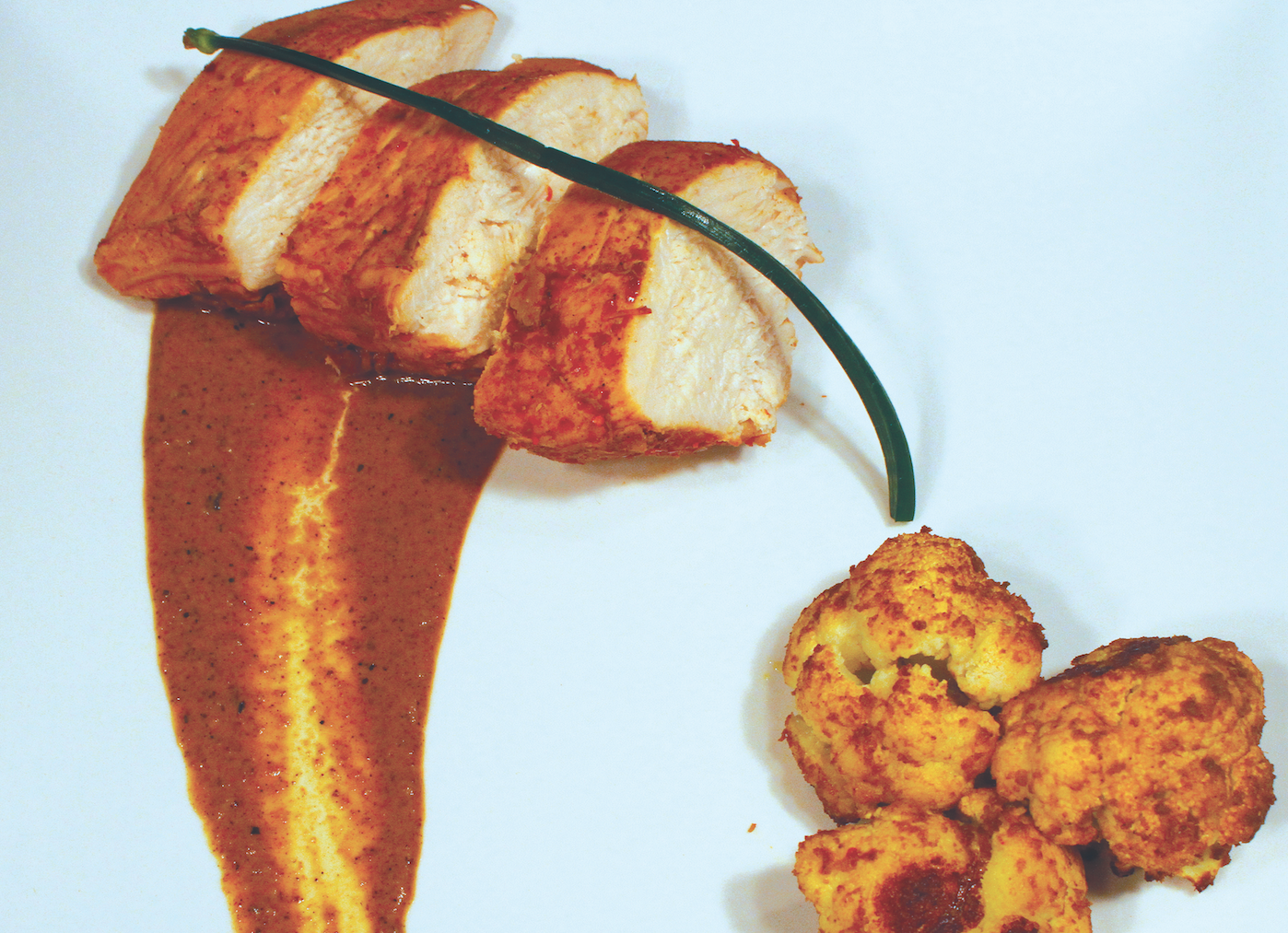
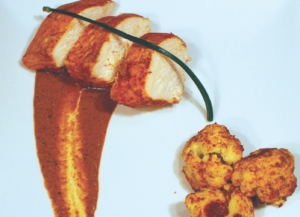



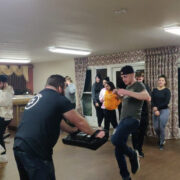

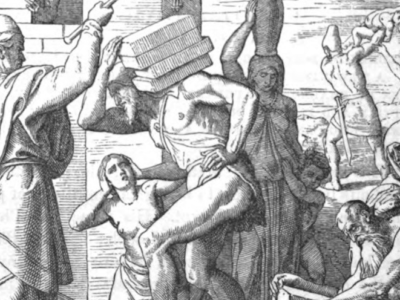

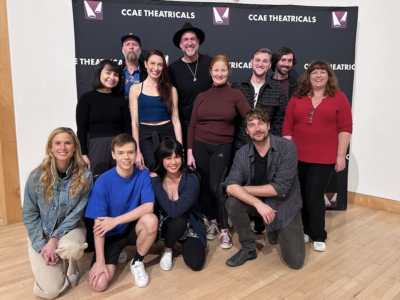
https://en.wikipedia.org/wiki/Paradesi_Jews
There are two Portuguese Jews remaining in Chennai, Davvid Levi son of Sarah Levi.
Jewish Cemetery in Chennai
In 1934, tombstones were moved to the Central Park of Madras along with the gate of the cemetery on which “Beit ha-Haim” were written in Hebrew. The tombstones were moved again in 1979 to Kasimedu, when government school was approved to be built. In 1983, they were moved to Lloyds Road, when the Chennai Harbour expansion project was approved. In this whole process 17 tombstones went missing including Jacques (Jaime) de Paiva (Pavia).
CHENNAI
Jews also settled in Madras (now Chennai) soon after its founding in 1640. Most of them were coral merchants from England who were of Portuguese origin and belonged to the Franco, Paiva or Porto families. In 1688, there were three Jewish representatives in the Madras Corporation . Most Jewish settlers resided in the Coral Merchants Street in Muthialpet. They also had a cemetery in the neighbouring Peddanaickenpet. The Jewish population in Madras began to dwindle at the turn of the 18th century (There are two Portuguese Jews remaining in Chennai, Davvid Levi son of Sarah Levi. Sarah Levi is the daughter of Levi De Castro and Rachel Halevi Cohen. Levi De Castro’s family stayed in Chennai from 1700, Levi De Castro’s great grand father was Salomon Franco, Salomon Franco died in Chennai on 1768).The last of the tombstones in the cemetery date to 1997.